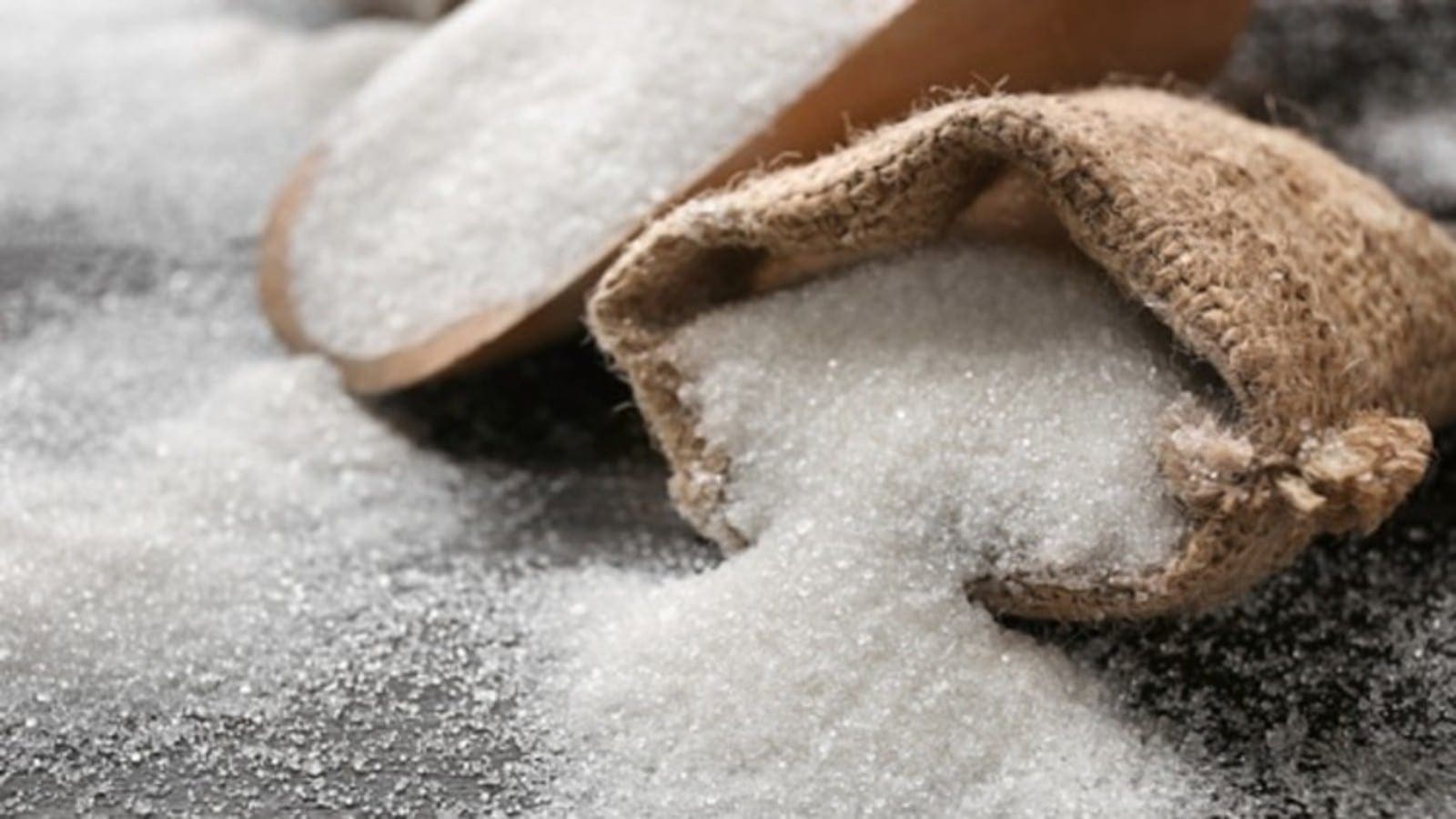EUROPE – Sugar production in the European Union is set to rise to 16.6 million metric tons (MMT) in Raw Sugar Equivalents (RSE) in the market year (MY) 2021/22, according to a report from the Foreign Agricultural Service of the US Department of Agriculture (USDA).
USDA attributed the rise in sugar production to a healthy sugar beet crop that suffered less from beet yellows virus (BYV) disease when compared to the MY 2020/21 production.
For sugar beet, the main source of sugar for the EU, USDA has forecast production for MY 2021/22 at 16.36 MMT RSE from 1.5 million hectares (ha).
The biggest increases are in France, where sugar yields recovered despite a decrease in acreage, and Germany, where planted beet acreage is slightly higher than originally forecasted.
However, much will depend on the weather during the coming month for beet maturation as the sugar content in beets is currently low in much of the beet growing regions because of the wet and colder than usual summer months, according to USDA.
Ban on neonicotinoid lifted
As the 2020 BYV attack ravaged sugar beet farms, Farmers blamed the 2020 BYV attack on the ban on neonicotinoid treatments.
To address the situation, governments from Belgium and Poland were quick to grant a new derogation from the neonicotinoid ban for 2021.
In Germany, a derogation was issued only for the most affected regions, covering about one-third of the German sugar beet area.
The French government has also passed an emergency bill in parliament to grant a 3- year limited suspension of the ban.
Sugar consumption remains below pre-pandemic levels
Although sugar production is recovering from 2020’s depressed production, things on the consumption side are not as rosy.
USDA projects sugar consumption in the European Union to recover in MY 2021/22 after suffering from the COVID-19 outbreak in 2020.
The US agency noted that increased sugar consumption in-home cooking did not fully compensate for the loss in away-from-home eating as a result of COVID-19 prevention measures.
Even as consumption recovers, USDA notes that consumption in the 27 European countries is estimated to remain below pre-pandemic levels as health concerns keep consumers wary of sugary foods.
According to USDA, Food processors across the EU are responding to consumer and health authorities’ pressure to reduce sugar content in food and drinks by 10 percent by 2025 through reformulating products.
Member States (MS) keep considering sugar taxes, with Poland being the latest MS that introduced a sugar tax in the summer of 2020.
Liked this article? Subscribe to Food Business Africa News, our regular email newsletters with the latest news insights from Africa and the World’s food and agro industry. SUBSCRIBE HERE










